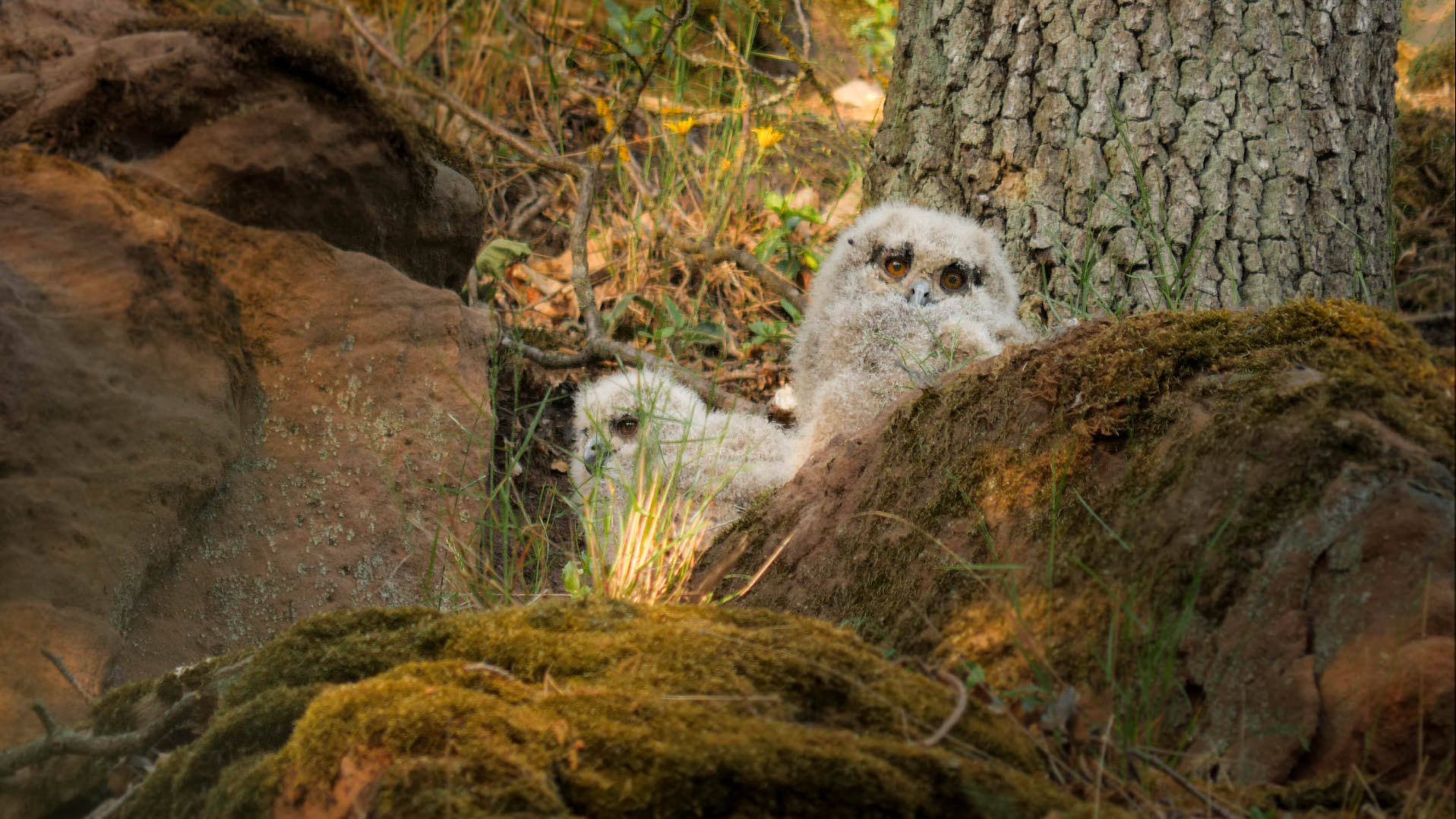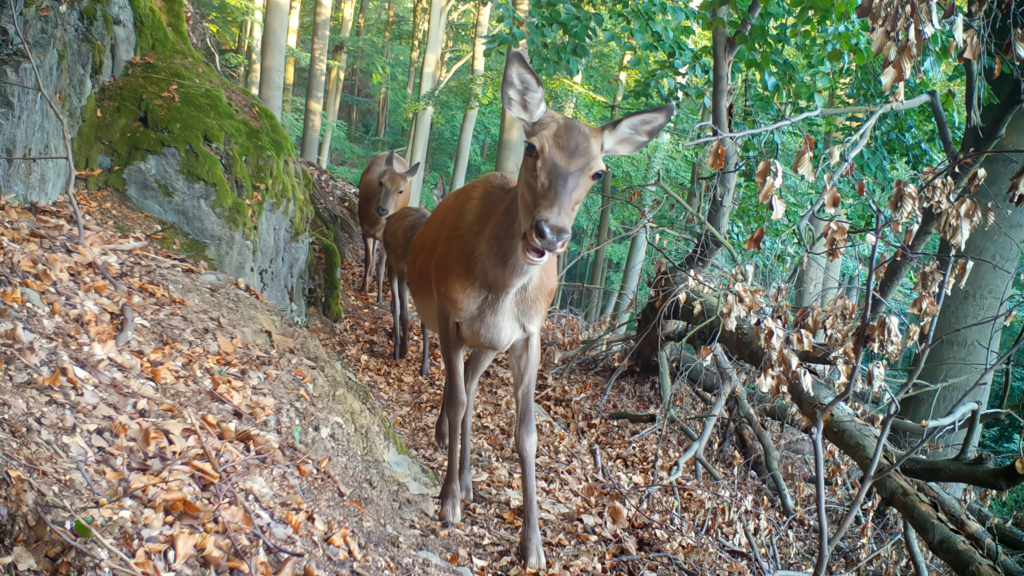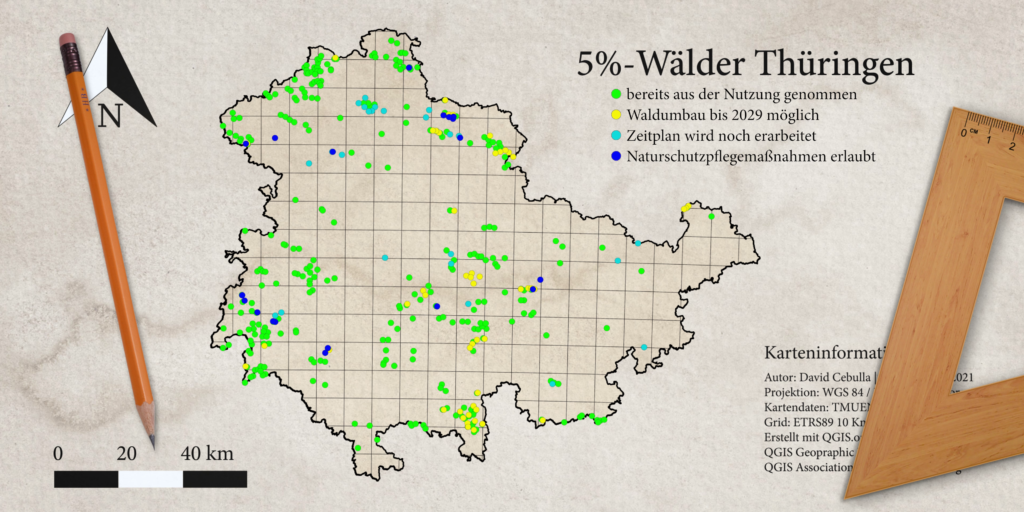The Eagle Owl is the largest owl species in Europe and an important species of undisturbed environments. Due to human persecution in particular, eagle owl populations were once in severe decline. Today, populations have recovered to the extent that it is classified as endangered on Germany’s Red List.
Breeding and raising young
They prefer rock walls, niches and rock faces as breeding sites, which are often occupied for generations. The breeding season begins in March and the female usually lays between two and three eggs. Even before brooding begins, until the young leave the nest, the female is fed solely by the male. Moreover, the female almost never leaves the eyrie during breeding. She sits almost motionless on the clutch for long periods of time. She only flies away briefly for droppings.
After about five weeks, the young owls hatch. In the first few days, they remain under the mother’s warming feathers. Subsequently, the nestlings become more restless with each passing day. The female eagle owl may struggle to hide them under her feathers. Later, when they move short distances from the eyrie, they are called branchlings. The young owls are in a dangerous phase, which by far not all animals survive. They are popular food for many predators.
Short film of eagle owl during breeding and raising young
In this short film, ecologist and nature filmmaker David Cebulla shows his most elaborate and exciting eagle owl footage to date. In coordination with species experts and long preparation, he was able to film a female eagle owl breeding and raising her young from a safe distance.
Large hunting terretories
Forests that are rich in structure and low in disturbance offer the eagle owl an important retreat for breeding, raising young and hunting. However, these forests are often not large enough. This is because the eagle owl uses hunting territories of 40 m² on average. Its main food source is small to medium-sized mammals and birds. If there are large species-poor areas in its foraging area, lack of food can become dangerous. Female eagle owls can then also eat their own brood.



